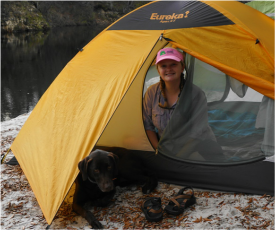 I've found, through some anecdotal evidence, that a hearty breakfast is the fastest way to get sleepy friends out of their tents on a brisk morning. Especially when that morning is during the first cold backpacking trip of the season. It's cold, your body aches, and you are so cozy in your sleeping bag - why on earth would you want to get up for some mediocre instant oatmeal and pack up camp? Just fifteen more minutes... That is, until you smell the fresh sausage cooking. 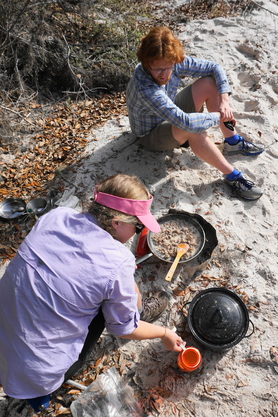 Teaching my brother how to make sausage gravy while backpacking on the Suwannee River (North Florida). Teaching my brother how to make sausage gravy while backpacking on the Suwannee River (North Florida). For short trips, or for the first morning on a longer trip, you can have fresh meat on a backpacking trip. We've discussed this before (see Bistec de Palomillo) and the same principle applies. You can take meat, uncooked, into the backcountry if you:
For our short trips (two-day) we will plan to bring meat for the first dinner if it is a long first day and the first breakfast, to encourage people to wake up cheerfully. For fresh biscuits and gravy, we bring store-bought biscuits from the bakery or make our own the day before the trip. We bring one small log of publix lean breakfast sausage (any brand or tube will do) and freeze it solid in the coldest part of our freezer for at least a week to ensure it is absolutely frozen to the core. When you get on the trail, keep the sausage double zip-top bagged in an insulated soft-cooler. In our part of the world, Central Florida, it will still be slightly frozen by breakfast time! Note: You do not want the meat to warm up prior to cooking. It should still be slightly frozen when you start to cook it. Or in other words, enough of the meat needs to still be frozen enough to keep the meat's temperature out of the "danger zone". Backpacking Biscuits and GravyFeeds six, I recommend trying this prior to getting on the trail and adjust the recipe accordingly to your group so as to avoid bringing too much food. Ingredients:
Directions:
Did you enjoy this recipe? Please consider leaving a comment or sharing the image above on Pinterest or your social media of choice to spread the word. Thank you! Please note: We are not trained chefs or medical professionals. We are not responsible for any illness or other unfortunate event that may occur if you choose to make this meal on a backpacking, or other camping, trip. We have made this meal several times with no ill effect and are sharing our recipe to enrich others' experiences. If you have any questions or comments, please leave them below. My blog post, comments, and responses are never intended as medical advice.
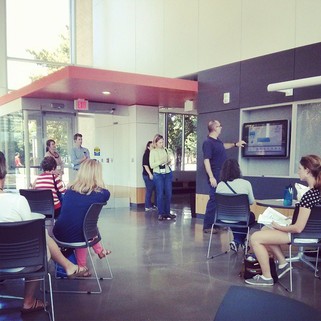 Tour stop at UNC's Asheville Campus to learn about sustainable buildings. Tour stop at UNC's Asheville Campus to learn about sustainable buildings. In September, I attended the Water Education Summit in Asheville, NC. The Summit is a gathering of water resources professionals from across the southeastern USA. This was my second year attending and I grow to love this conference more every time I do! The Summit is held in a different southeastern state every year and this year was in Asheville, North Carolina; last year, 2013, was in Chattanooga, Tennessee. Chattanooga and Asheville have something in common besides complex water resource issues though; a passion for local food and sustainable growth management. I really loved Asheville; I'm surprised I've never visited before! The summit featured a wonderful poster session and some truly inspiring speakers but my favorite part was the abstract sessions. Abstract sessions, in case you don't know what I'm talking about, are sort of like speed dating for ideas and programming. You shuffle between topic-focused rooms to catch 10-15 minutes presentations which summarize an event, program, or idea from another organization or educator. The Water Education Summit featured several interesting topics but my favorite presentation came out of North Carolina Cooperative Extension and featured, "Innovative Stormwater Floating Islands as Wetland Plant Nurseries." The basic idea being that we can create small floating gardens for wetland species and get the benefit of new plants and nutrient reduction. These plants, at the end of the season, can be given away to residents who are interested in re-vegetating their lakefront or wetland area. 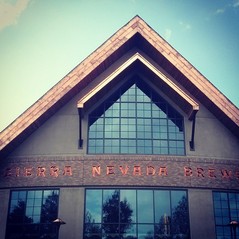 A brewery trimmed in copper. A brewery trimmed in copper. The crown jewel of the field day (day 2) was a tour of the new Sierra Nevada Brewery complex just outside of the Asheville Regional airport. The brewery really was impressive and smelled amazing due to the brewing process. In addition to being sustainable brewers, Sierra Nevada captures all the rainfall that lands on the Asheville structure and stores it underground in a massive cistern for use in the complex's toilets. There aren't many employees to use all that water but soon they are opening a brewery restaurant and a gift shop for the public. At which point, I imagine the rainfall collection will go a long way to reducing their use of potable water and thereby, reducing their impact on the water resources around them. 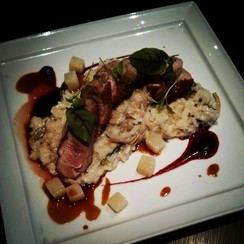 Roast duck breast with truffled foie gras risotto, at Isla's Bistro. Roast duck breast with truffled foie gras risotto, at Isla's Bistro. One of my favorite parts of the Water Education Summit is that evenings are to yourself; giving you at least two evenings to explore the city in which the Summit is hosted. Both Chattanooga and Asheville are fantastic cities with loads of personality and flare. In Asheville, I was astounded at the number of small craft breweries found in downtown and overwhelmed by the number of highly rated restaurants within walking distance. As an occasional home-brewer, it was incredibly interesting to see the culture of micro-breweries sprinkled all over town. Some are open only two nights a week and feature a handful of micro-batches while others are open 7 days a week and have full dinner service.
|
The
|
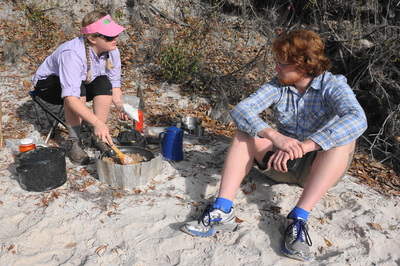
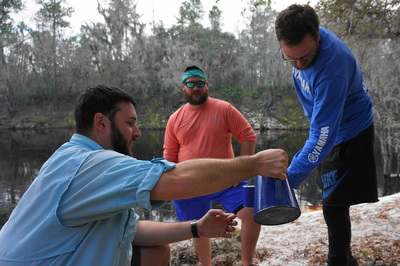
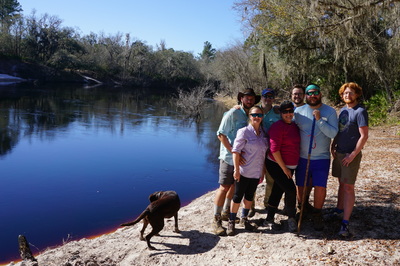
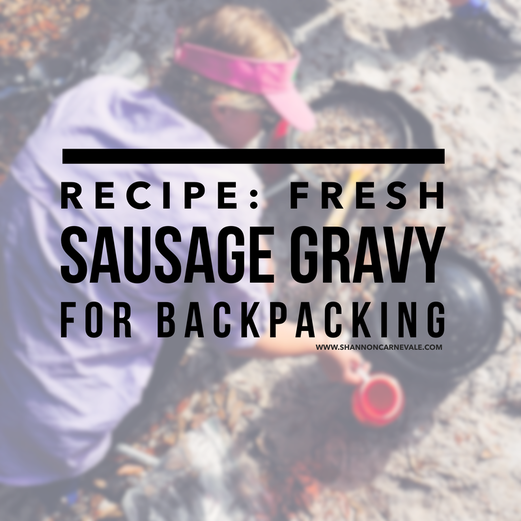

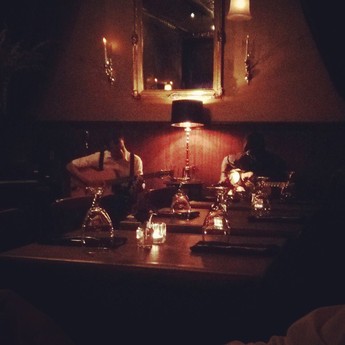

 RSS Feed
RSS Feed
